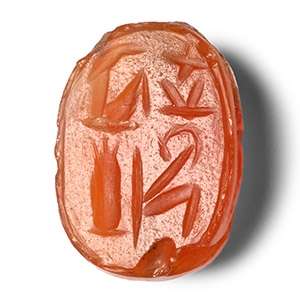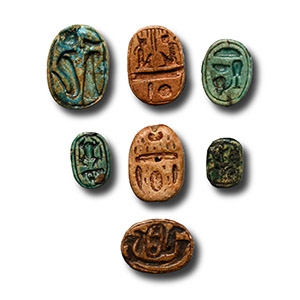Home > Auctions > 5 - 9 December 2023
Ancient Art, Antiquities, Natural History & Coins
Auction Highlights:
French collection, 1990s.
Acquired from St James's Ancient Art, London SW1, circa 2019.
Private collection of Professor Kenneth Graham, London, UK.
Accompanied by a St James's Ancient Art certificate of authenticity.
Part of an old collection dating back to the 19th century.
Ex property of a gentleman, acquired before the 1980s.
Private collection of Mr T.H., Norfolk, UK.
Cf. similar in the collection of the British Museum under accession no.EA55512.
Norman Blankman collection, New York, 1960s.
P.G. collection, New York, USA.
with Art for Eternity, New York.
with Bonhams, London, 6 July 2023, lot 360.
This lot has been checked against the Interpol Database of stolen works of art and is accompanied by search certificate no.11945-210564.
Cf. The Metropolitan Museum, accession number 56.16.2, for a comparable 26th Dynasty example; Museo Stibbert, Florence, statuette inv. no. 11169; Del Francia, P. R., 'Le antichità egizie' in AA. VV., 'Frederick Stibbert, gentiluomo, collezionista e sognatore, Rivista del Museo Stibbert 3, Firenze, 2000, p.90, n.3, pl.20; see Robins, G., Egyptian Shabtis, Shire Egyptology 26, Princes Risborough, 2001, pp.19.
Osiris was the foremost of ancient Egyptian funerary deities and lord of the underworld. Many statuettes of the god were offered in temples dedicated in his name, and have also been discovered in other contexts including animal necropoleis and temples dedicated to other gods.
From an old UK collection.
With Coincraft since the 1990s.
Property of an Essex, UK, gentleman.
Accompanied by an academic report by Dr Alberto Maria Pollastrini.
Accompanied by a master copy of the Coincraft catalogue BCF 76, where this object is offered for £2,950.00.
This lot has been checked against the Interpol Database of stolen works of art and is accompanied by search certificate no.11946-209473.
Coincraft coin and antiquities catalogue BCF 76.
Acquired in Egypt in the early 20th century.
Private collection of Mr T.H., Norfolk, UK.
Cf. Hayes, W.C., The Scepter of Egypt. A Background for the Study of the Egyptian Antiquities in The Metropolitan Museum of Art, Vol 1, New York, 1990 (reprint), p.191, fig.106 (centre, left), for a close parallel (although only the top of papyrus handle preserved) dated to the 18th Dynasty.
From an early 20th century French collection.
Cf. Andrews, C., Amulets of Ancient Egypt, London, 1994, item 29(c).
The goddess Bastet was believed to be the daughter of the sun god and was shown with the features of a lion up until about 1000 B.C. when she was portrayed as a cat or human with a cat head. As the daughter of Ra she was associated with the rage inherent in the sun god's eye which was considered to be his instrument of vengeance. Her development into a cat goddess occurred during the New Kingdom but did not fully develop until the Late Period. She was still associated with the destructive power of the sun and was shown on the prow of the solar boat, decapitating the evil serpent Apophis in the Book of the Dead. The maternal, protective and hunting characteristics of the cat are obvious in Bastet and she was seen as a protector of pregnant women and young children. In the Pyramid Texts she is invoked by the deceased king to act as his protector and to help him reach the sky to join the sun god; the king proclaims that Bastet is his mother and nurse. Like her counterpart, Sekhmet, Bastet has an aggressive side and, in a text from Karnak, Amenhotep II described his enemies being slaughtered like the victims of Bastet. The goddess had a shrine at Karnak, where she is known as the 'Lady of Asheru' which aligns her closely with the goddess Mut, the consort of Amun-Ra. Her most famous shrine was in the north-east Delta region, at Bubastis, and was known as Per-Bastet or 'the House of Bastet.' Herodotus describes the festival of Bastet as one of the most elaborate in all of Egypt and identifies her with the Greek Artemis. Cemeteries of cats have been excavated at Bubastis and at Saqqara and Memphis.
Part of an old collection dating back to the 19th century.
Ex property of a gentleman, acquired before the 1980s.
Private collection of Mr T.H., Norfolk, UK.
Cf. Vandier d’Abbadie, J., Les objets de toilette égyptiens au Musée du Louvre, Paris, 1972, pp.10-11 nos. 1-3, for three similar cosmetic spoons with the bowl and lid in the form of a goose.
Part of an old collection dating back to the 19th century.
Ex property of a gentleman, acquired before the 1980s.
Private collection of Mr T.H., Norfolk, UK.
Cf. similar in the collection of the British Museum under accession no.EA34168.
Ex North London, UK, gentleman, 1990s.
Ex North London, UK, gentleman, 1990s.
Acquired from a private UK collection in the late 1990s.
Private collection of Mr T.H., Norfolk, UK.
Cf. similar in the collection of the British Museum under accession no.EA21772.
Ex North London, UK, gentleman, 1990s.
13 - 24 of 2409 LOTS

.jpg)


.jpg)

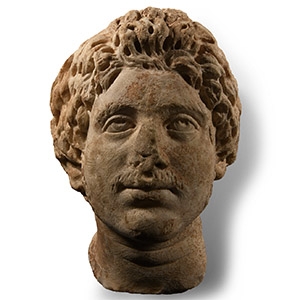
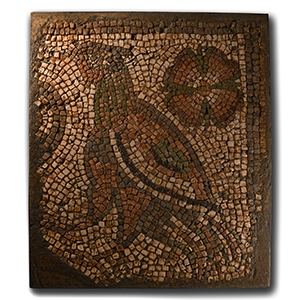
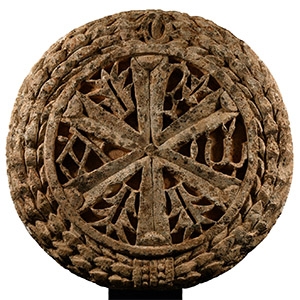


.jpg)


.jpg)
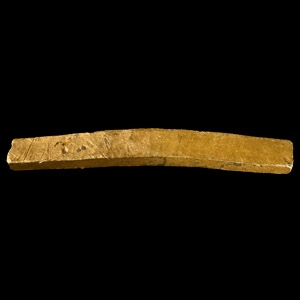
.jpg)
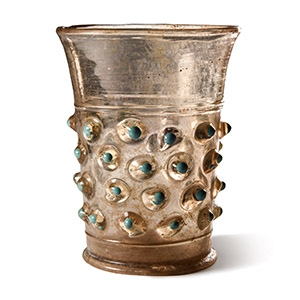

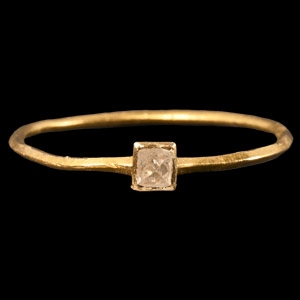

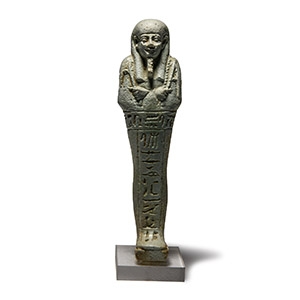

.jpg)
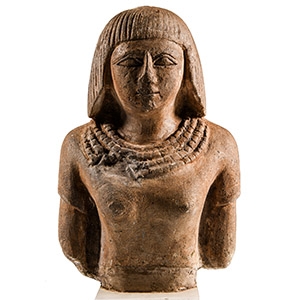
.jpg)
.jpg)
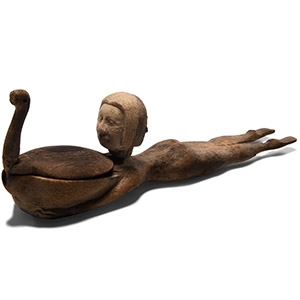
.jpg)
